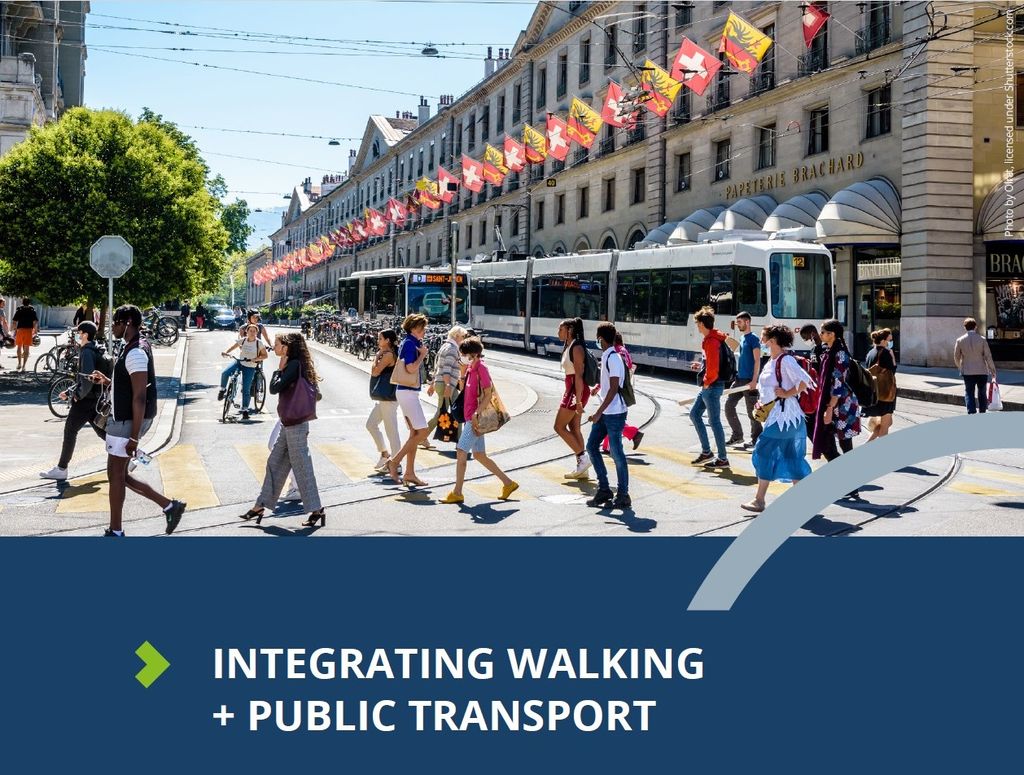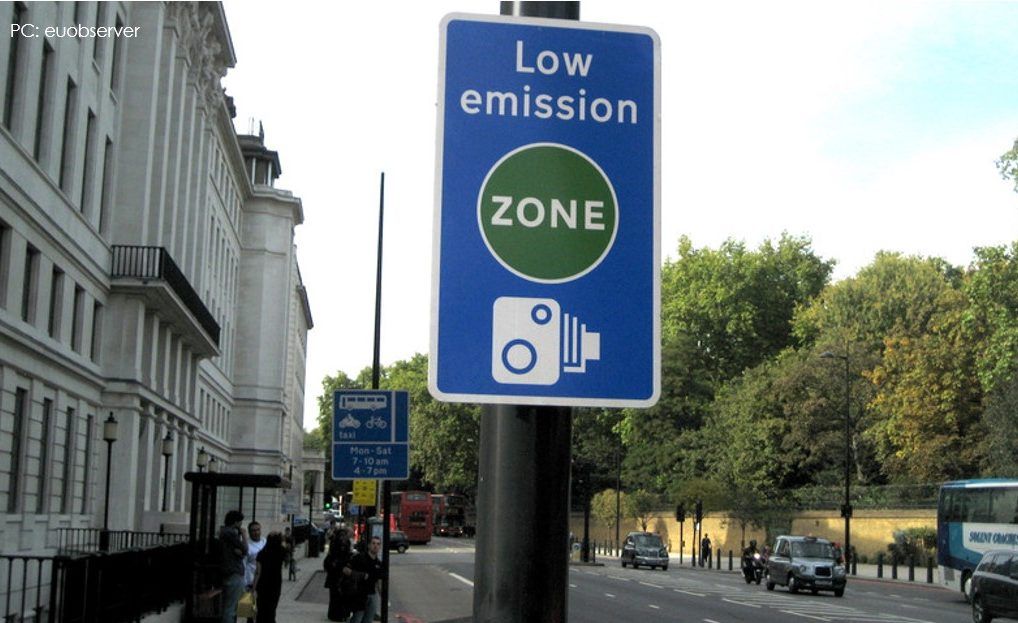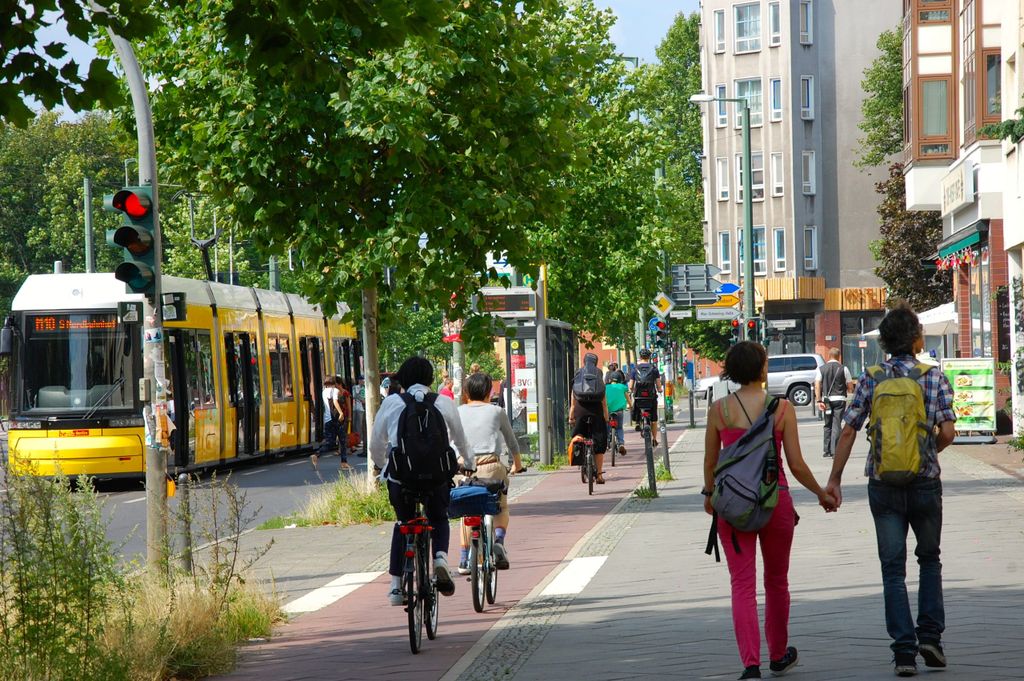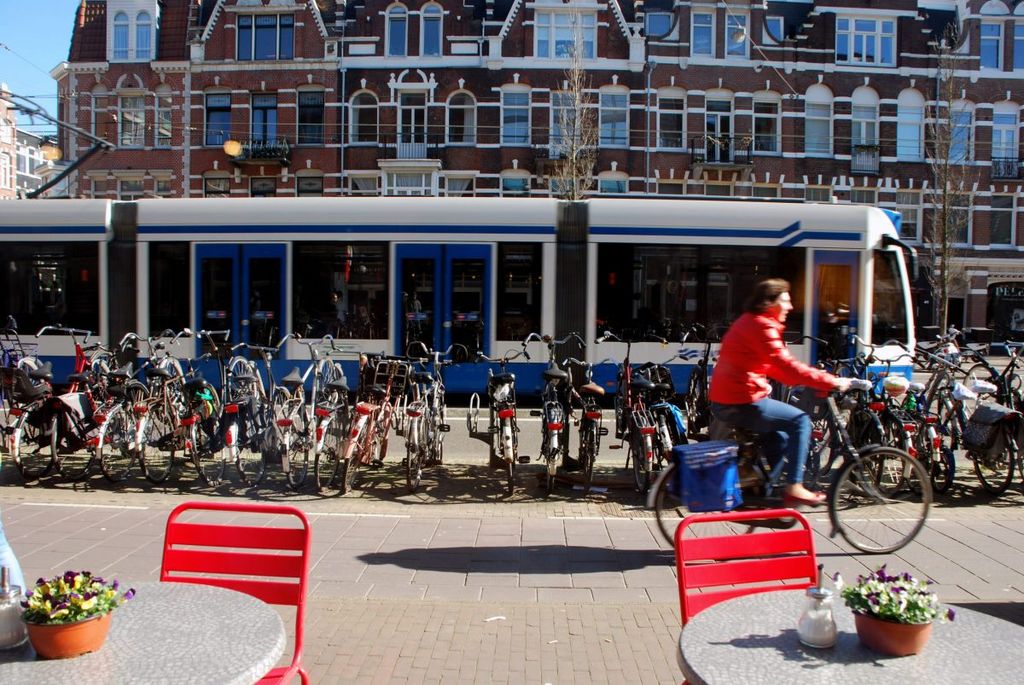
Business models for better integrated mobility
The importance of business models in mobility
Combined mobility looks into ways of developing integrated mobility offers that can provide attractive alternatives for people to reduce their usage and ownership of private vehicles. By combining and integrating mobility offers, sustainable transport can answer the needs of citizens to get from A to B, morning to evening, Monday to Sunday.
But without a viable business model, there will be no real service, just pilots. A business model describes how value is created, delivered and captured. Without a viable business model, a service will eventually stop, regardless of whether it is run by a commercial company or a public actor. Without public actors enabling and framing the new services, there will be no sustainable modal shift. Shaping business models is one of the tools that authorities can mobilise to create an integrated mobility system.
UITP’s new Knowledge Brief, ‘Using business models for better integrated mobility’, outlines the importance of business models. With the support of the Business Model Canvas, the Brief identifies critical challenges in the ecosystem, such as high costs and low margins, a broad set of partners and how to compete with the private car. The Brief explores mobility business models by focusing on three types of services: Demand-responsive transport (DRT), mobility hubs and Mobility as a Service (MaaS).
It is no secret that new mobility services are either losing money or are barely profitable. Public transport typically runs at a 50% negative margin. With a viable business model and the enabling/framing role of public players, services can move out of the pilot phase and be integrated into the mobility ecosystem.
Insights through the Business Model Canvas
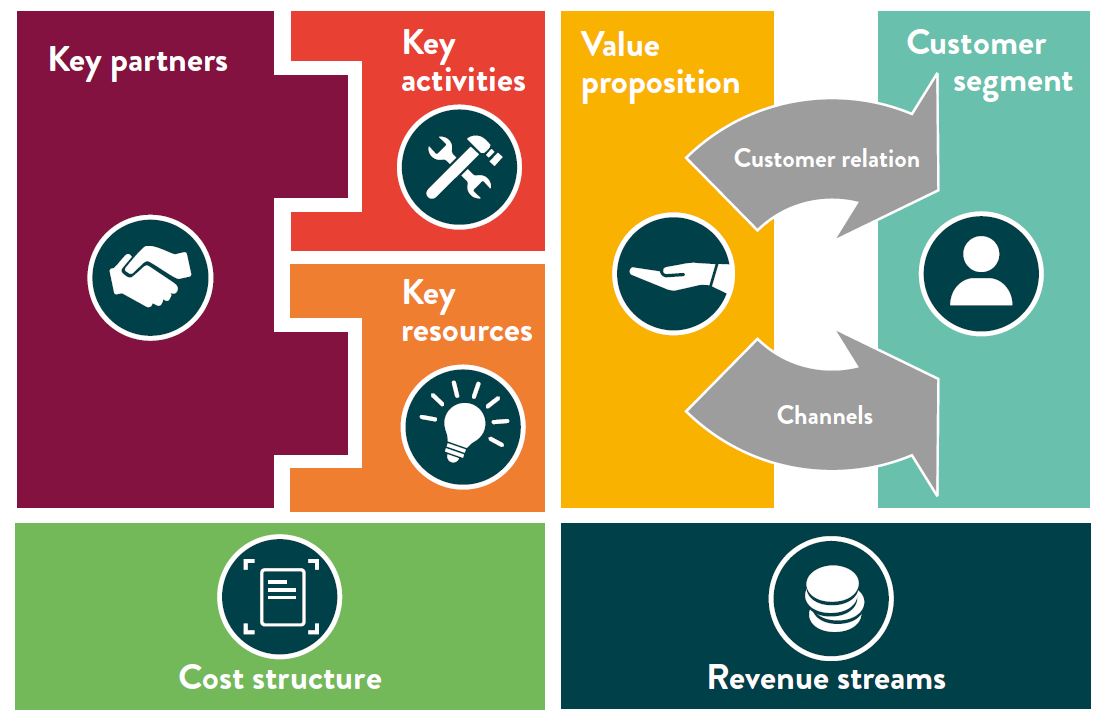
The value proposition of a MaaS which aims to replace the private car, such as Ubigo in Gothenburg, Sweden in 2013, suggests that a subscription targeting households rather than individuals would be more successful. Plus, shared and rental cars are key services alongside public transport.
Nowadays, mobility hubs are seen as key features of multimodal systems. Land is a key resource for such hubs, especially in urban setting where it is both rare and expensive. For example, in Hamburg, Germany, when looking for land, the “switch points” established partnerships with real estate developers. These hubs are now found around stations where land is owned by the transport operator, Hamburger Hochbahn, and small hubs in housing areas.
DRT relies heavily on technology such as algorithms for routing and sharing rides, fleet management and optimisation, data analyses, support and communication with both passengers and drivers. If the purpose is to replace or extend fixed route public transport, existing DRT or paratransit services, it is natural to look at cost savings, increased flexibility and customer reach through digitalisation.
Optimising public business cases and fostering integrated services
These days, many pilots are designed to gain a better understanding of the impact of a new service and finalise a business case to justify public spending, if needed. It is important that there is a viable business model, ensuring that the pilot will live on as a real service and scale up to be able to integrate into the mobility provision.
To foster integration, authorities must understand business models to set the rules and create the incentives for the actors and users.In fact, business models normally concentrate on the value creation and efficient delivery of a particular service but not on the efficiency of the integrated offer or the goal of sustainability. For authorities, it is strategic to build a framework for the development of the mobility ecosystem, within the existing local and market conditions.
The Brief underlines the importance of business models and the business models canvas as a tool for cities and regions to strengthen multimodality and provide door-to-door services as an attractive alternative to the usage and ownership of private cars.
Did you know that UITP is hosting a training on Mobility as a Service in February? Learn from the sector’s leading experts about integrating these services for the user’s needs, designing a sustainable business model, and analysing its effects and implications from a range of perspectives.
2025 Training Calendar




